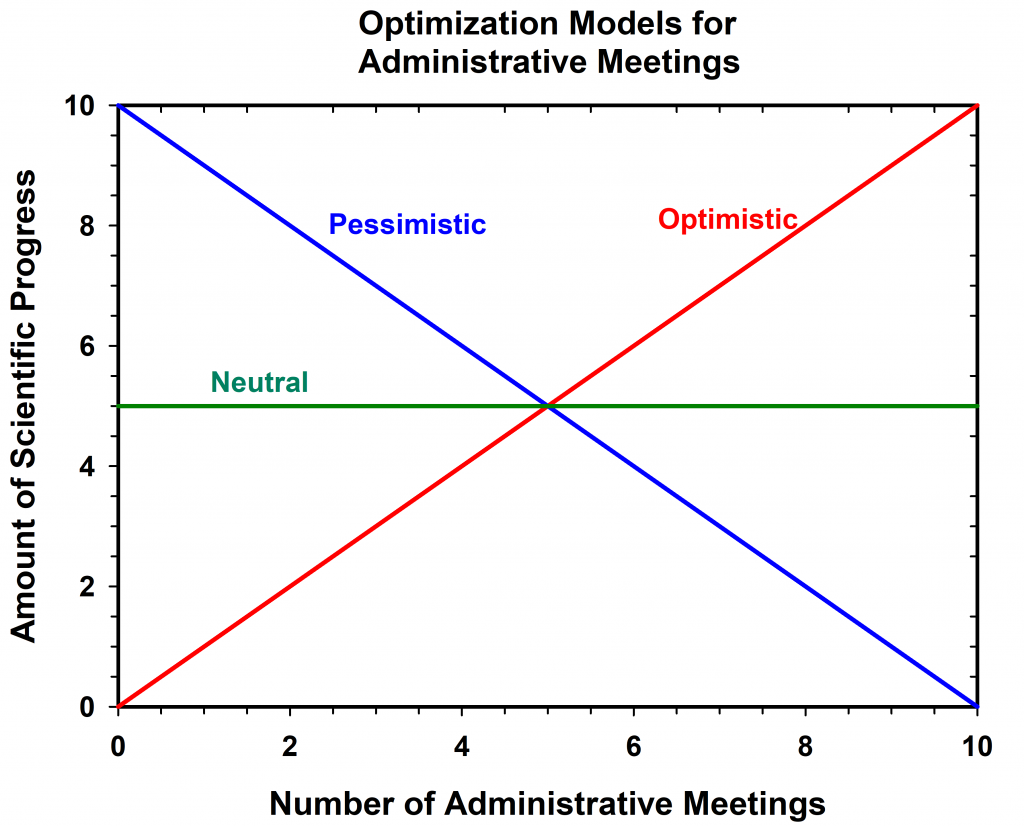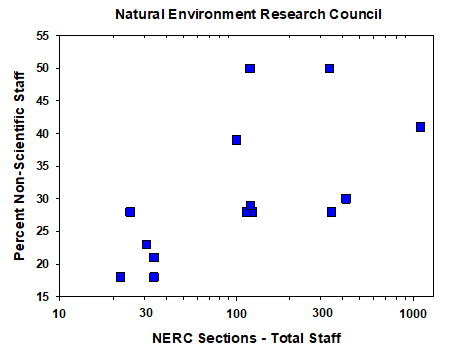There is an extensive literature on ecological traps going back two decades (e.g. Schlaepfer et al. 2002, Kristan 2003, Battin 2004) discussing the consequences of particular species selecting a habitat for breeding that is now unsuitable. A good example is discussed in Lamb et al. (2017) for grizzly bears in southeastern British Columbia in areas of high human contact. The ecological trap hypothesis has for the most part been discussed in relation to species threatened by human developments with some examples of whole ecosystems and human disturbances (e.g. Lindenmayer and Taylor 2020). The concept of an ecological trap can be applied to the Whole Earth Ecosystem, as has been detailed in the IPCC 2022 reports and it is this global ecological trap that I wish to discuss.
The key question for ecologists concerned about global biodiversity is how much biodiversity will be left after the next century of human disturbances. The ecological outlook is grim as you can hear every day on the media. The global community of ecologists can ameliorate biodiversity loss but cannot stop it except on a very local scale. The ecological problem operates on a century time scale, just the same as the political and social change required to escape the global ecological trap. E.O. Wilson (2016) wrote passionately about our need to set aside half of the Earth for biodiversity. Alas, this was not to be. Dinerstein et al. (2019) reduced the target to 30% in the “30 by 30” initiative, subsequently endorsed by 100 countries by 2022. Although a noble political target, there is no scientific evidence that 30 by 30 will protect the world’s biodiversity. Saunders et al. (2023) determined that for North America only a small percentage of refugia (5– 14% in Mexico, 4–10% in Canada, and 2–6% in the USA) are currently protected under four possible warming scenarios ranging from +1.5⁰C to +4⁰C. And beyond +2⁰C refugia will be valuable only if they are at high latitudes and high elevations.
The problem as many people have stated is that we are marching into an ecological trap of the greatest dimension. A combination of global climate change and continually increasing human populations and impacts are the main driving factors, neither of which are under the control of the ecological community. What ecologists and conservationists can do is work on the social-political front to protect more areas and keep analysing the dynamics of declining species in local areas. We confront major political and social obstacles in conservation ecology, but we can increase our efforts to describe how organisms interact in natural ecosystems and how we can reduce undesirable declines in populations. All this requires much more monitoring of how ecosystems are changing on a local level and depends on how successful we can be as scientists to diagnose and solve the ecological components of ecosystem collapse.
As with all serious problems we advance by looking clearly into what we can do in the future based on what we have learned in the past. And we must recognize that these problems are multi-generational and will not be solved in any one person’s lifetime. So, as we continue to march into the ultimate ecological trap, we must rally to recognize the trap and use strong policies to reverse its adverse effects on biodiversity and ultimately to humans themselves. None of us can opt out of this challenge.
There is much need in this dilemma for good science, for good ecology, and for good education on what will reverse the continuing degradation of our planet Earth. Every bit counts. Every Greta Thunberg counts.
Battin, J. (2004) When good animals love bad habitats: ecological traps and the conservation of animal populations. Conservation Biology, 18, 1482-1491.
Dinerstein, E., Vynne, C., Sala, E., et al. (2019) A Global Deal For Nature: Guiding principles, milestones, and targets. Science Advances, 5, eaaw2869.doi: 10.1126/sciadv.aaw2869..
IPCC, 2022b. In: Skea, J., Shukla, P.R., et al. (Eds.), Climate Change 2022: Mitigation of Climate Change. Contribution of Working Group III to the Sixth Assessment Report of theIntergovernmental Panel on Climate Change. Cambridge University Press. doi: www.ipcc.ch/report/ar6/wg3/.
Kristan III, W.B. (2003) The role of habitat selection behavior in population dynamics: source–sink systems and ecological traps. Oikos, 103, 457-468.
Lamb, C.T., Mowat, G., McLellan, B.N., Nielsen, S.E. & Boutin, S. (2017) Forbidden fruit: human settlement and abundant fruit create an ecological trap for an apex omnivore. Journal of Animal Ecology, 86, 55-65. doi. 10.1111/1365-2656.12589.
Lindenmayer, D.B. and Taylor, C. (2020) New spatial analyses of Australian wildfires highlight the need for new fire, resource, and conservation policies. Proceedings of the National Academy of Sciences 117, 12481-124485. doi. 10.1073/pnas.2002269117.
Saunders, S.P., Grand, J., Bateman, B.L., Meek, M., Wilsey, C.B., Forstenhaeusler, N., Graham, E., Warren, R. & Price, J. (2023) Integrating climate-change refugia into 30 by 30 conservation planning in North America. Frontiers in Ecology and the Environment, 21, 77-84. doi. 10.1002/fee.2592.
Schlaepfer, M.A., Runge, M.C. & Sherman, P.W. (2002) Ecological and evolutionary traps. Trends in Ecology & Evolution, 17, 474-480.
Wilson, E.O. (2016) Half-Earth: Our Planet’s Fight for Life. Liveright, New York. ISBN: 978-1-63149-252-5.


